Thigh liposuction surgery may bring aesthetic effects when young, but in old age, there may be sequelae such as skin sagging, unevenness, and fat embolism. By understanding the causes and preventive measures of these sequelae, it can help reduce risks.

1. Skin laxity: With age, skin elasticity decreases, and after liposuction, the skin may not fully retract due to the decrease in fat, resulting in laxity. Choosing experienced doctors and moderate liposuction when young, combined with skin tightening care after surgery, can reduce this problem.
2. Uneven liposuction or improper postoperative care may result in uneven skin surface. Choosing technically skilled postoperative shapewear and massage can help improve skin smoothness.
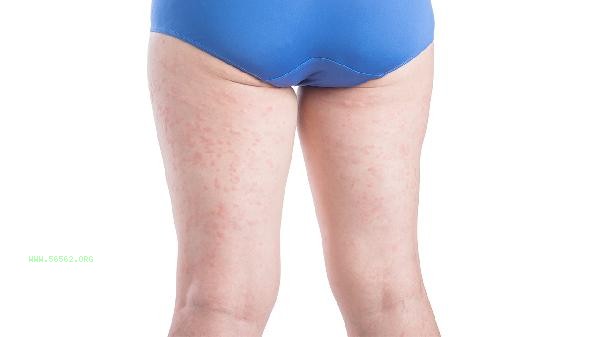
3. Fat embolism: During liposuction, fat particles may enter blood vessels, causing fat embolism, which can be life-threatening in severe cases. Conducting a comprehensive physical examination before surgery, choosing a reputable medical institution, and closely monitoring physical reactions after surgery can reduce risks.
4. Nerve damage: Liposuction may damage local nerves, leading to numbness or pain. Following the doctor's advice for rehabilitation training after surgery can help with the recovery of neurological function.
5. Infection and Hematoma: Improper postoperative care may lead to infection or hematoma. Keeping the wound clean, taking antibiotics on time, and avoiding vigorous exercise can effectively prevent it. Although thigh liposuction surgery can improve body shape, it may bring various sequelae in old age. By selecting professional doctors, performing appropriate liposuction, and providing meticulous postoperative care, the occurrence of these problems can be reduced. If discomfort occurs in old age, timely medical attention should be sought and corresponding treatment measures should be taken to ensure physical health and quality of life.
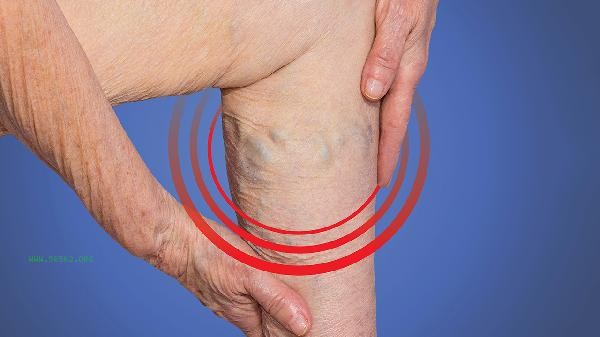

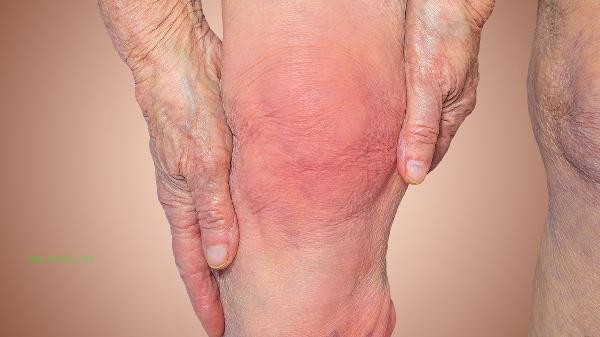

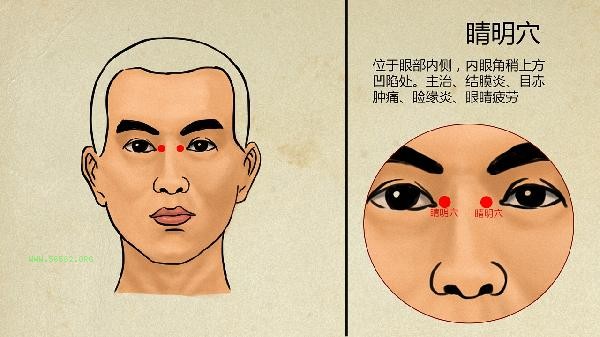

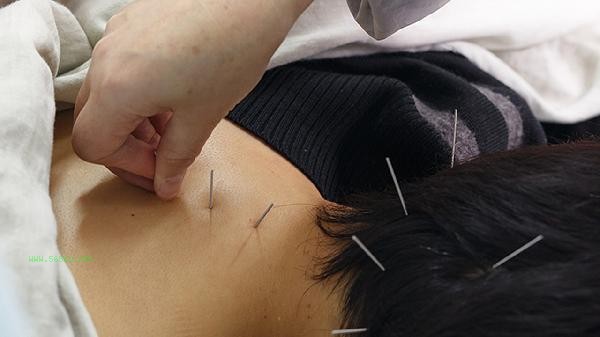


Comments (0)
Leave a Comment
No comments yet
Be the first to share your thoughts!